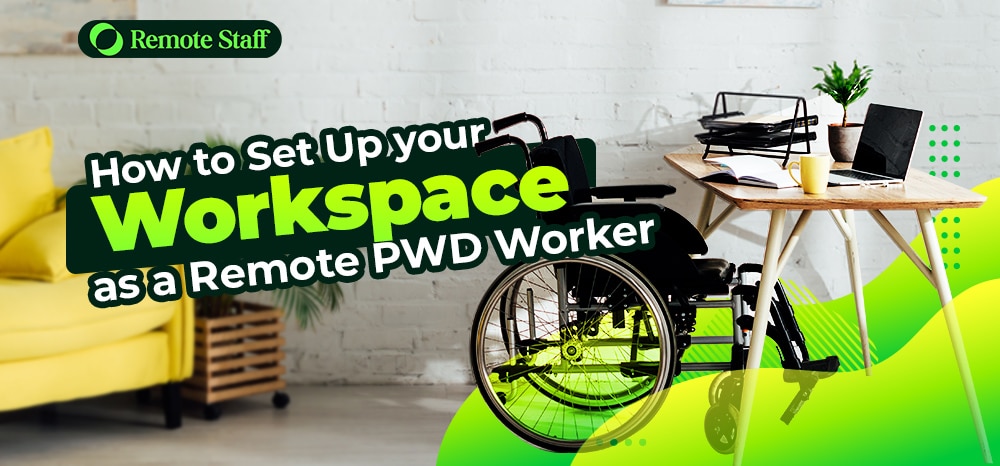A crucial part of a successful work from home setup overlooked by remote workers is having a proper workspace. Not only does it increases productivity, but it also helps you relax after work as well. With these in mind, how can persons with disabilities (PWDs) establish their own proper workspace?
To answer this question, here are some advice on how to set up a PWD remote workspace. These advice come from my experience in remote work as a PWD and my research on the topic. Here, you will find ways to make your home and virtual workspace a PWD-friendly workspace and increase digital accessibility.

Procure All the Tools and Applications You Need for Work
The first step in setting up your PWD remote workspace is to have all the tools you will need for your work. And I’m not just talking about the equipment you need for work, but also your disability tools as well. For example, if you’re visually impaired, you will need screen-reader software to work in a virtual workspace.
Apps like Dolphin Guide, Serotek System Access, and COBRA are just a few examples of screen-reader software that visually impaired workers can use. Of course, the needs of PWDs differ from one another. Having the appropriate disability tool for your needs allows you to work efficiently and contribute to the company.
And of course, don’t forget to download your required communication apps like Zoom or Skype so you can communicate with your employers and co-workers. Your employers may also ask you to download an online progress monitoring app as well. These apps only track your work progress throughout the day, so there’s no need to be afraid of them.

Communicate with your Employers About your Needs
Another crucial step in establishing a PWD-friendly workspace is communicating with your employers. Communicating with your employers allows them to know and understand your needs as a PWD worker. Knowing what you require to work effectively helps them better accommodate you as a result.
For example, if you’re having difficulty procuring the necessary tools and equipment for your job, don’t hesitate to notify your employers about it. Not only will you receive assistance from your employers, but your employers will benefit from helping you as well. To know more about these benefits, here’s a link to my article regarding PWD employment laws.
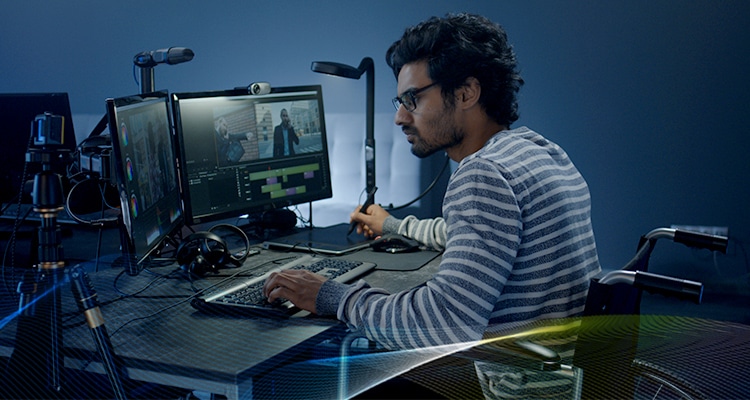
Set Boundaries on your Workspace
Okay, this advice may seem to be strange to some of you. Yes, I know that this is also applicable to ordinary remote workers. But as I mentioned before, every disability is unique. For some neurodivergent individuals, stimuli such as pets and loud noise can be very distracting and detrimental to their work.
To avoid this problem, communicate with the people at your home on the boundaries of your workspace. Your family can now help you with your work by limiting the number of distractions they may cause. If possible, set your workspace on a quiet part of your home to further limit the chance of being distracted.
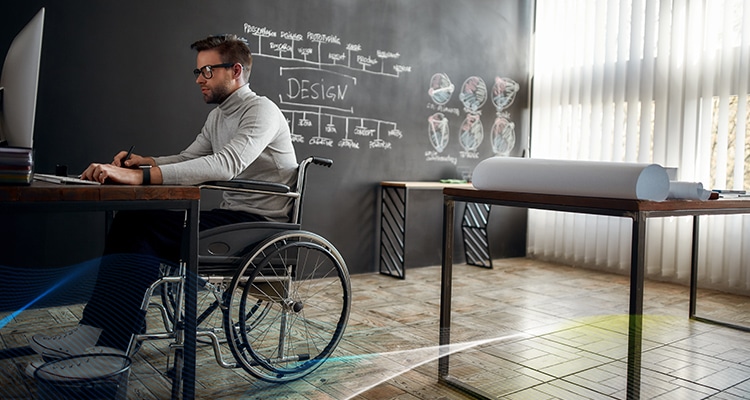
Make Sure your Workspace is your Own
In my experience, stressing over having the most “efficient” workspace produces the opposite result. Trying to copy what worked on one person may not work for you. If you’re not comfortable with your workspace, you won’t be able to work efficiently. Doing this could lead to burnout and remote work anxiety as well.
By personalizing your PWD remote workspace, you won’t feel constrained nor bored while working. Doing this is especially important for neurodivergent individuals, who will find it hard to work in a place they find uncomfortable. When personalizing, pick decor or items that can help you relax while working but not distract you from it.
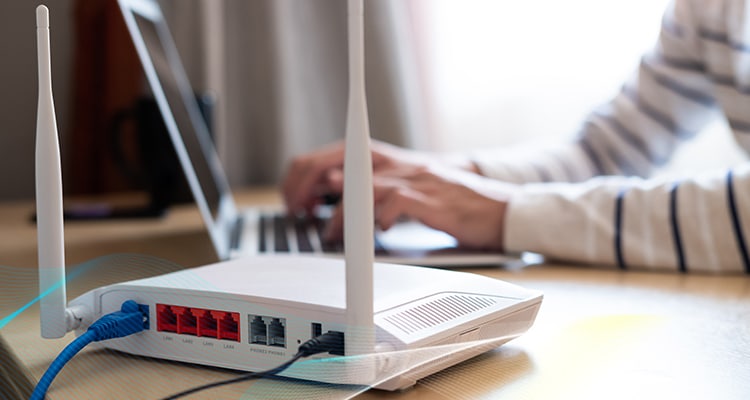
Have a Stable Internet Source
Due to the nature of your work setup, having a stable internet connection is a must. A stable internet connection allows you to better communicate with your bosses and co-workers and decreases work stress. Having stable internet is especially important to some neurodivergent individuals, where connection issues can cause frustrations for them.
One way that you can mitigate this problem is by having backup pocket wifi. Examples include the ZTE MF920T 4G/LTE Wireless Pocket Wifi and the Smart Bro LTE Pocket WiFi. Having backup pocket wifi allows you to continue working if your primary internet connection is currently unavailable.
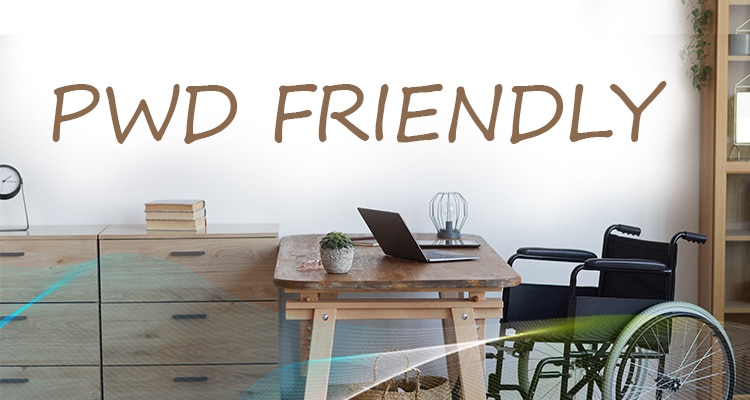
An Inclusive Workspace is a PWD-Friendly Workspace
And there you have it. Here are some of the things that you need to remember when establishing your PWD remote workspace. As the number of remote PWDs continues to grow, so to their need for a proper workspace. I hope that these tips will help you in setting up your workspace for your work.

